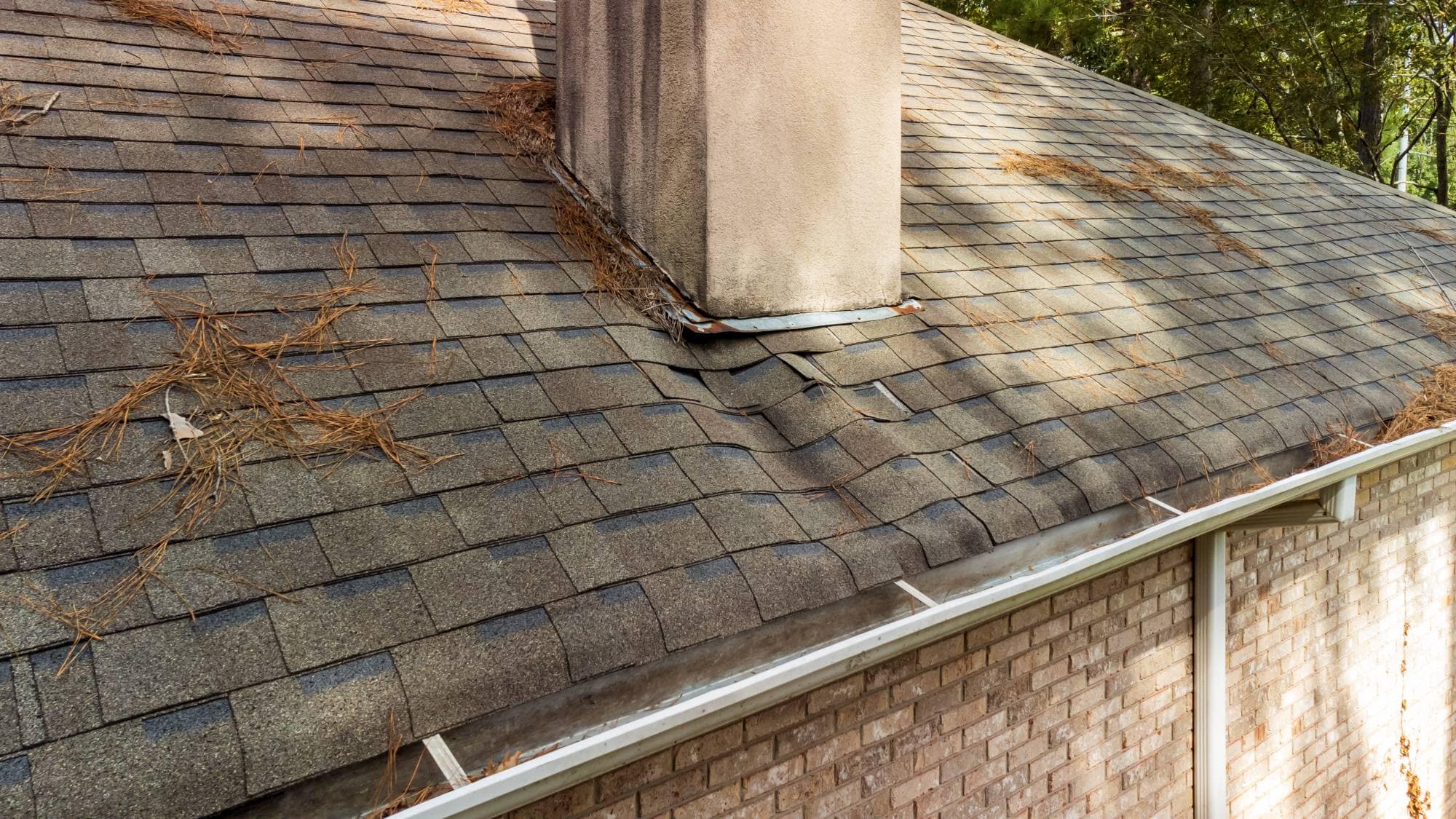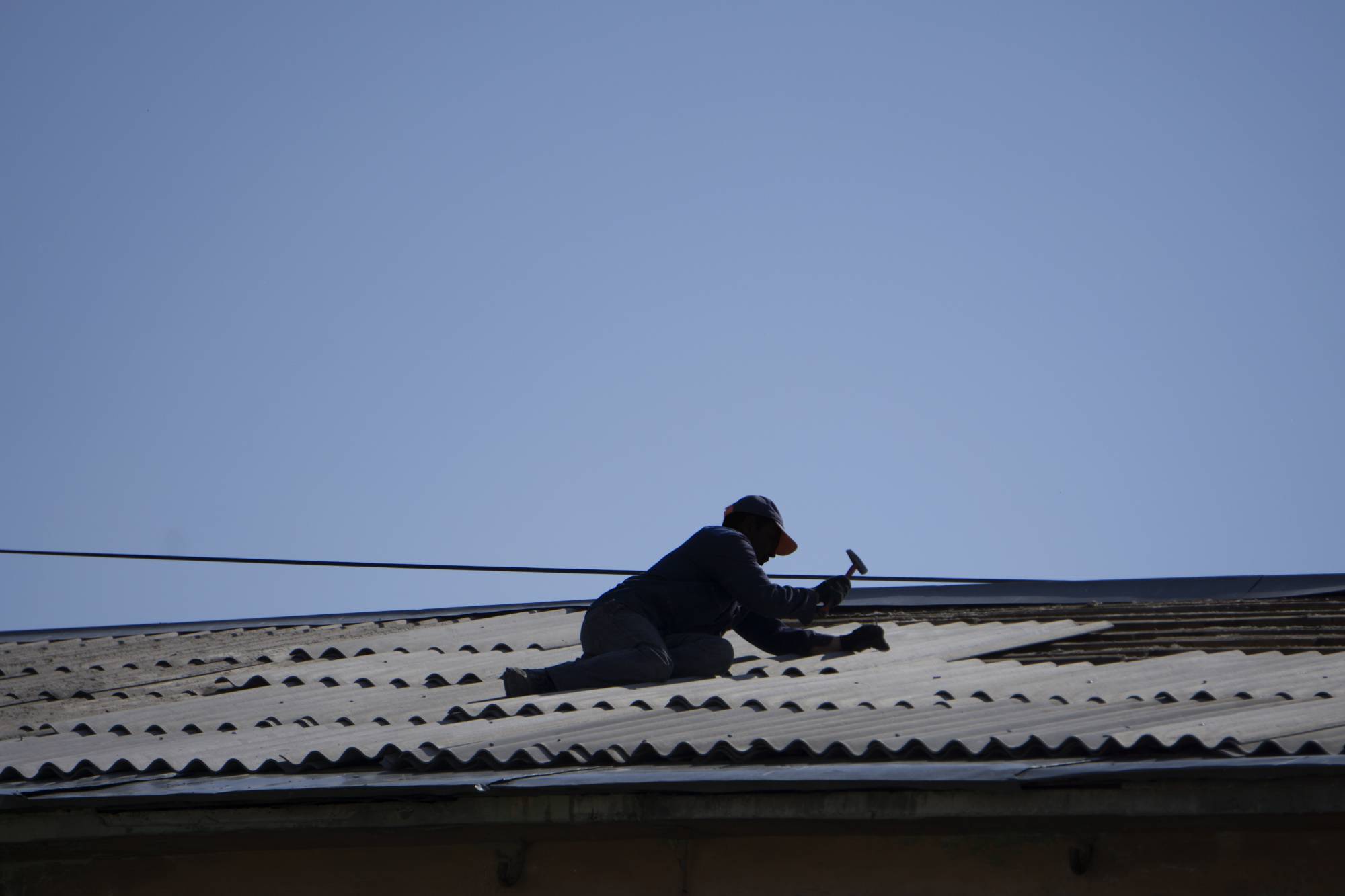Every chimney leak repair includes a complete inspection to identify all potential water entry points, not just the obvious ones. We fix damaged flashing around the chimney base, replace missing or damaged chimney caps, repair cracked mortar joints, and apply breathable waterproofing when needed. In Silver Lake specifically, we see a lot of damage from ice dams and the constant freeze-thaw cycles that crack mortar joints. Rhode Island’s position in “Nor’Easter Alley” means your chimney takes a beating from high winds and driving rain, so we use materials and techniques designed to handle these specific challenges. You’ll get a detailed explanation of what we found, what we fixed, and what you can expect going forward. No surprises, no hidden problems discovered halfway through the job, and no additional charges for work we should have caught during the initial inspection.




